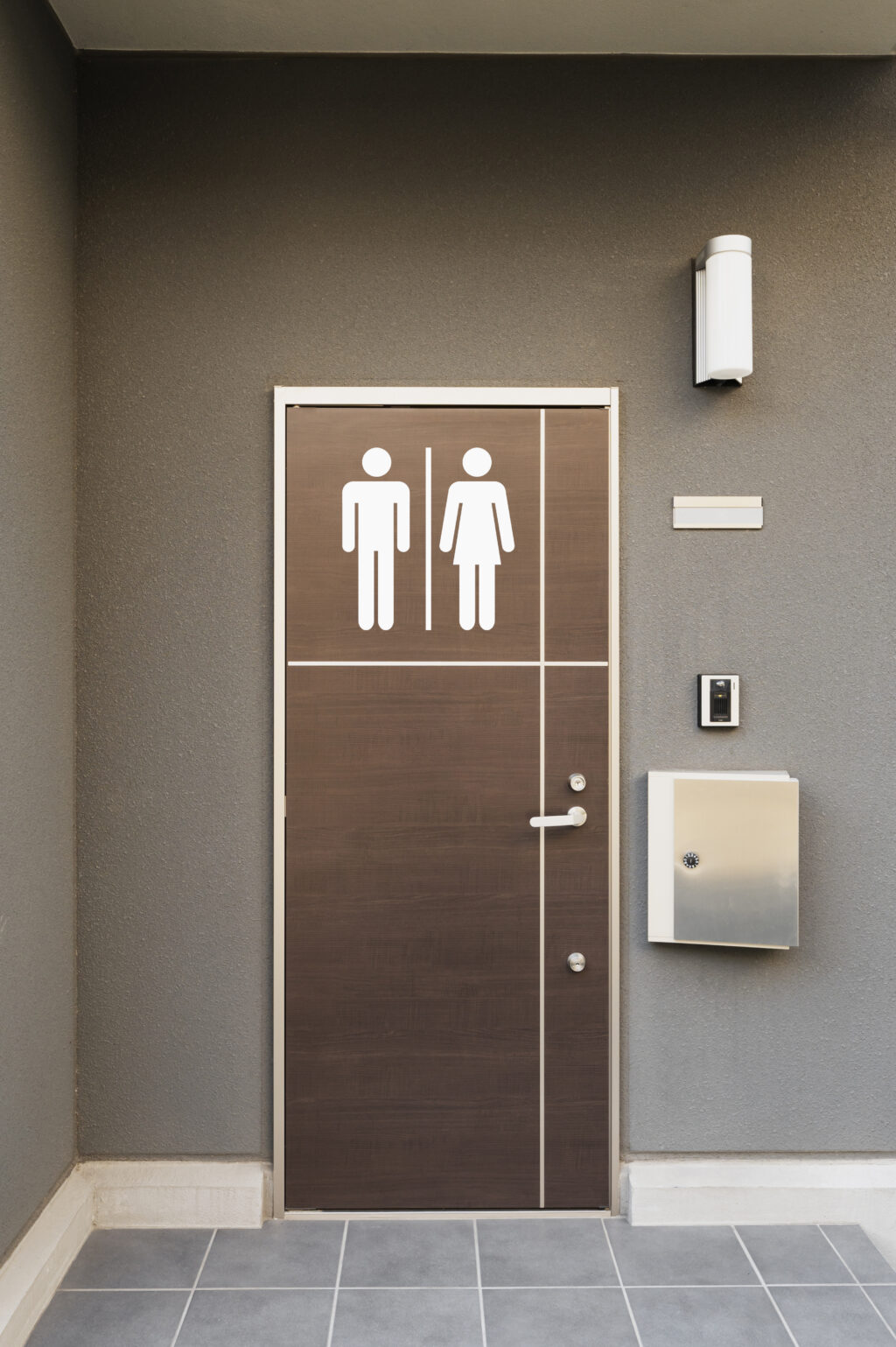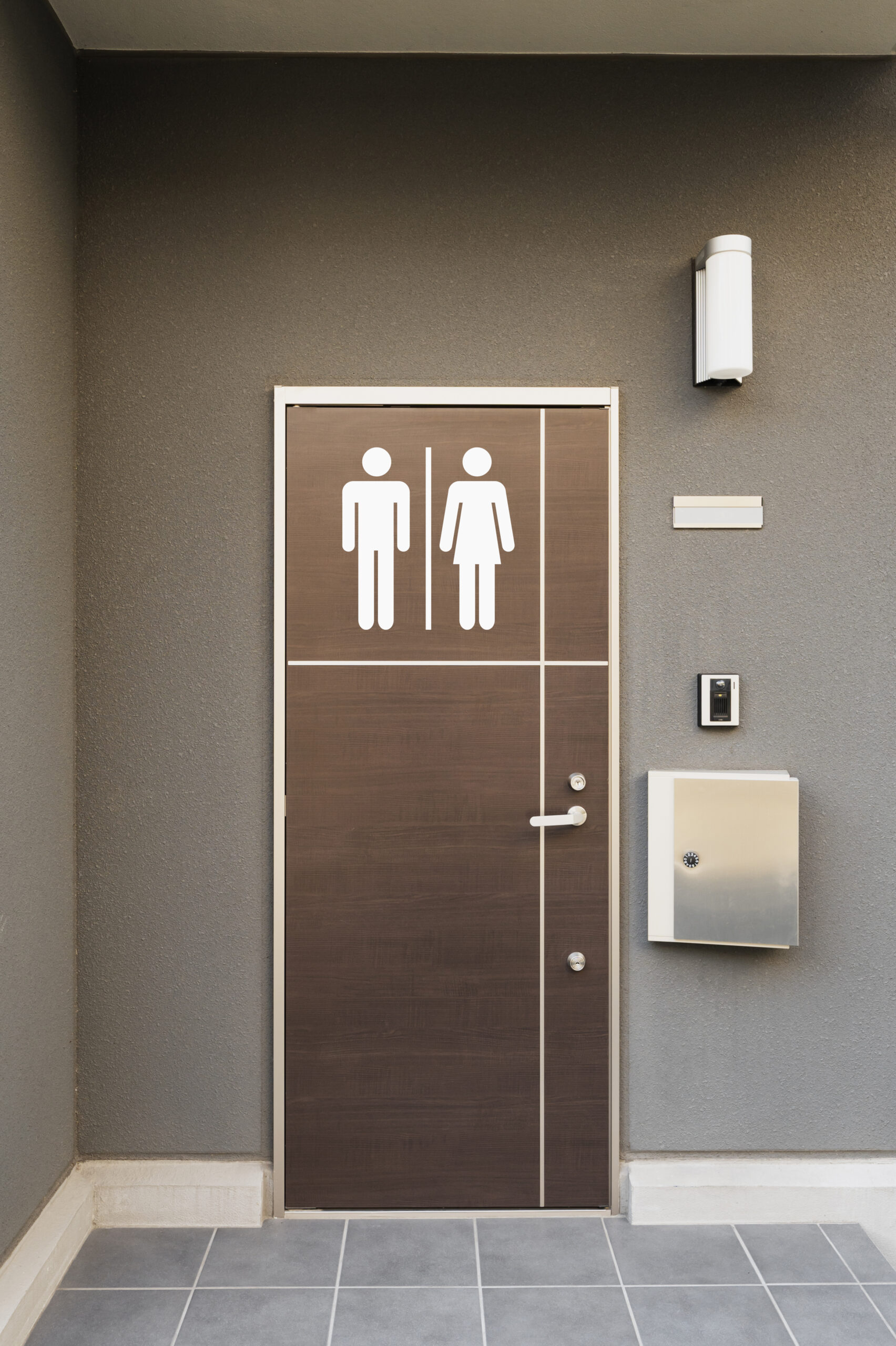State of Public Restroom and Hygiene in USA: A concern of Health and Safety

Public restrooms are a critical component of urban infrastructure, offering essential services in places like parks, shopping malls, airports, and workplaces. However, the hygiene standards of these restrooms significantly impact public health and comfort. This blog explores the current state of public restroom hygiene in America, highlighting challenges, improvements, and the importance of maintaining clean facilities.
Challenges in Public Restroom Hygiene
Public restrooms face several challenges that compromise hygiene standards. High foot traffic, inconsistent cleaning schedules, and varying levels of user responsibility all contribute to the difficulty of maintaining cleanliness. Some of the most common issues include:
1. Inadequate Cleaning: Many public restrooms suffer from infrequent or inadequate cleaning, leading to the accumulation of dirt, bacteria, and unpleasant odors.
2. Insufficient Supplies: Running out of essential supplies like toilet paper, soap, and paper towels is a common issue that affects the hygiene and usability of public restrooms.
3. Poor Design and Maintenance: Outdated or poorly designed facilities can make cleaning difficult and ineffective. Broken fixtures, clogged toilets, and poor ventilation exacerbate hygiene problems.
4. User Behavior: Inconsistent user behavior, such as not flushing toilets or failing to wash hands, can spread germs and make maintaining a clean environment challenging.
Improvements in Public Restroom Hygiene
Despite these challenges, there have been notable improvements in public restroom hygiene across the United States. Innovations in cleaning technology, better design practices, and increased awareness of hygiene’s importance have contributed to these advancements.
1. Automated Cleaning Systems: Modern restrooms often employ automated cleaning systems that regularly sanitize surfaces and restock supplies, reducing the burden on cleaning staff and ensuring a higher standard of cleanliness.
2. Touchless Fixtures: The introduction of touchless faucets, soap dispensers, and hand dryers has significantly reduced the spread of germs by minimizing contact with surfaces.
3. Enhanced Cleaning Protocols: Many facilities have adopted stricter cleaning protocols, including more frequent cleanings and the use of disinfectants effective against a broad spectrum of pathogens.
4. User Education: Efforts to educate the public about proper restroom etiquette and hygiene practices have been effective in promoting better behavior and reducing the spread of germs.
Importance of Maintaining Clean Public Restrooms
Maintaining clean public restrooms is crucial for several reasons:
1. Public Health: Clean restrooms help prevent the spread of infectious diseases, protecting the health of the general public.
2. User Comfort: A clean restroom is more pleasant and comfortable to use, enhancing the overall experience of visitors and customers.
3. Business Reputation: For businesses, maintaining clean restrooms can significantly impact customer satisfaction and loyalty. Dirty restrooms can deter customers and harm a business’s reputation.
4. Social Responsibility: Providing clean and hygienic restrooms is a fundamental aspect of social responsibility, ensuring that all individuals have access to safe and sanitary facilities.
Conclusion
The state of public restroom hygiene in America has seen significant improvements, thanks to advancements in technology and increased awareness of the importance of cleanliness. However, challenges remain, and ongoing efforts are necessary to ensure that public restrooms meet high hygiene standards. By addressing issues like inadequate cleaning, insufficient supplies, and poor user behavior, and by continuing to innovate and educate, we can create cleaner, safer, and more comfortable public restrooms for everyone.










